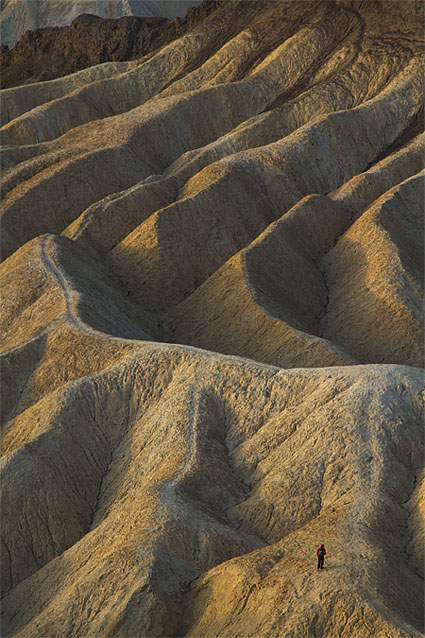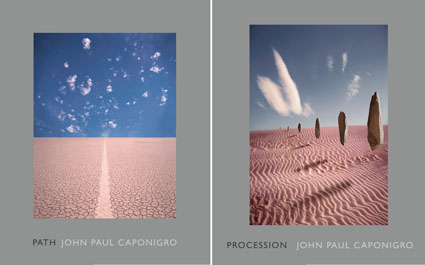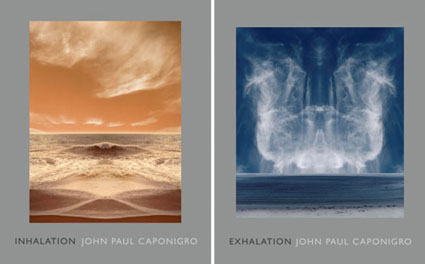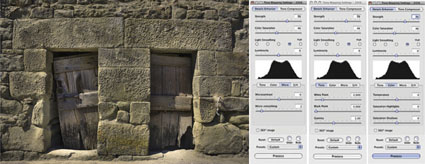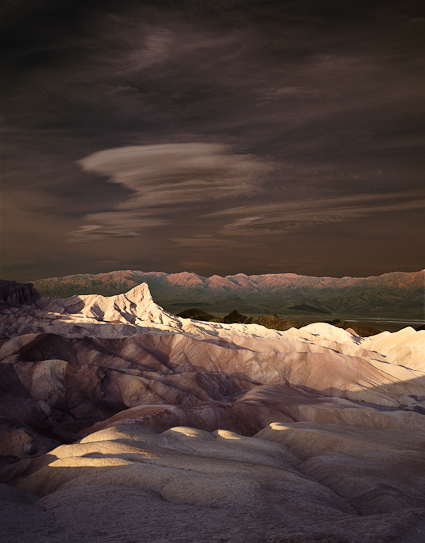
“The real voyage of discovery consists not in seeking new landscape but in having new eyes.”
Marcel Proust
Increasingly, we all find ourselves photographing at locations where many have photographed before us. When I encounter this I ask myself many questions. Here are a few.
What’s been done before?
What made it work?
How could it be improved?
What hasn’t been done before?
How have things changed since that work was done?
What could be done to reflect that change?
What’s unique about this moment?
What’s special about my perspective?
How many ways could these things be made clear and/or strongly felt?
The right set of questions can help generate many ideas as well as guide and focus work.
I usually have so many thoughts and feelings that I need to make notes to catch them all. Trying to find the best words to express them with makes my understanding of them clearer.
Next time you find yourself in familiar territory, I recommend you start asking many useful questions.
Find more ways to boost your creativity using words.
Learn more creative techniques in my workshops.
